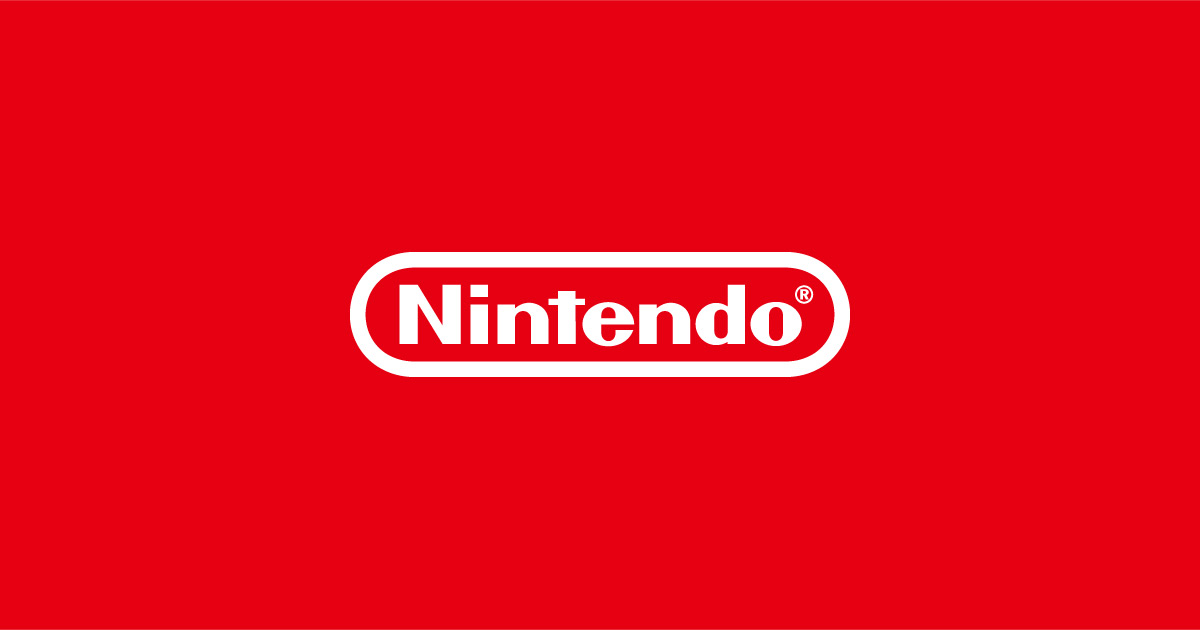Former Street Fighter II producer and Capcom veteran Yoshiki Okamoto has provided a rare window into the challenges of video game development for the Nintendo Famicom (known as the NES outside Japan).
Sharing his experiences on his YouTube channel, Okamoto’s insights—translated by Automaton Media—shed light on the daunting financial landscape faced by third-party developers during the cartridge era and the pivotal role Nintendo played in shaping industry economics. During the 1980s, Capcom was an emerging developer entering the competitive console market.
Okamoto explained that despite the significant popularity of games like Street Fighter II, turning a profit was far from guaranteed for companies outside Nintendo.
Okamoto outlined how the financial breakdown of a Famicom cartridge sale worked: for every 10,000 yen retail price, 3,000 yen would go to the retailer, 4,000 yen to the software developer (such as Capcom), and 3,000 yen to Nintendo.
From Nintendo’s share, about half—1,500 yen—was allocated to manufacturing costs.
Since Nintendo received payment upfront for all cartridges, they operated with minimal risk after delivery, whereas Capcom had to front substantial costs, including borrowing funds to pay for manufacturing. The production process also presented significant logistical hurdles for Capcom.
According to Okamoto, it could take up to three months for Nintendo to manufacture and deliver cartridges.
Once Capcom received the stock, the company shipped the games to distributors.
However, payments were generally delayed, with Capcom sometimes waiting another three months to receive funds via promissory notes.
This meant that it often took up to six months for any potential profits to arrive—by which point, much of the income would be used to pay off earlier bank loans.
Additionally, developers were frequently left with surplus stock, as they were required to over-order due to the lengthy manufacturing cycle, further increasing costs. Despite these obstacles, Okamoto noted that launching games on the NES and SNES ultimately benefited Capcom by expanding its audience and establishing the studio in the home console market.
The immense success of titles like Street Fighter II underscored the platform’s importance, even if profitability was challenging under Nintendo’s distribution model.
"Cartridges really only benefitted Nintendo," Okamoto reflected, but the exposure was instrumental to Capcom’s growth. The transition to the PlayStation era marked a distinct turning point.
Okamoto described the move to disc-based manufacturing as transformative: production costs were significantly reduced, and Sony's flexible policies—including partial refunds for returned unsold discs—greatly eased the financial burden on third-party developers.
Rapid disc production also meant Capcom could respond to market demand much more efficiently than before.
"Profits soared for Capcom when switching from cartridges to discs," Okamoto recalled, crediting Sony’s more developer-friendly approach. Okamoto’s candid look at Famicom-era development offers crucial context for understanding the business realities of classic game creation and how platform dynamics shaped the growth of iconic developers.
His account underscores how Nintendo’s model simultaneously fostered industry expansion and imposed barriers on partners—a dynamic that shifted dramatically with the advent of CD technology.
As Capcom’s history illustrates, both challenges and opportunities in video game development are often determined as much by hardware and publishing frameworks as by creative vision.
Sharing his experiences on his YouTube channel, Okamoto’s insights—translated by Automaton Media—shed light on the daunting financial landscape faced by third-party developers during the cartridge era and the pivotal role Nintendo played in shaping industry economics. During the 1980s, Capcom was an emerging developer entering the competitive console market.
Okamoto explained that despite the significant popularity of games like Street Fighter II, turning a profit was far from guaranteed for companies outside Nintendo.
Okamoto outlined how the financial breakdown of a Famicom cartridge sale worked: for every 10,000 yen retail price, 3,000 yen would go to the retailer, 4,000 yen to the software developer (such as Capcom), and 3,000 yen to Nintendo.
From Nintendo’s share, about half—1,500 yen—was allocated to manufacturing costs.
Since Nintendo received payment upfront for all cartridges, they operated with minimal risk after delivery, whereas Capcom had to front substantial costs, including borrowing funds to pay for manufacturing. The production process also presented significant logistical hurdles for Capcom.
According to Okamoto, it could take up to three months for Nintendo to manufacture and deliver cartridges.
Once Capcom received the stock, the company shipped the games to distributors.
However, payments were generally delayed, with Capcom sometimes waiting another three months to receive funds via promissory notes.
This meant that it often took up to six months for any potential profits to arrive—by which point, much of the income would be used to pay off earlier bank loans.
Additionally, developers were frequently left with surplus stock, as they were required to over-order due to the lengthy manufacturing cycle, further increasing costs. Despite these obstacles, Okamoto noted that launching games on the NES and SNES ultimately benefited Capcom by expanding its audience and establishing the studio in the home console market.
The immense success of titles like Street Fighter II underscored the platform’s importance, even if profitability was challenging under Nintendo’s distribution model.
"Cartridges really only benefitted Nintendo," Okamoto reflected, but the exposure was instrumental to Capcom’s growth. The transition to the PlayStation era marked a distinct turning point.
Okamoto described the move to disc-based manufacturing as transformative: production costs were significantly reduced, and Sony's flexible policies—including partial refunds for returned unsold discs—greatly eased the financial burden on third-party developers.
Rapid disc production also meant Capcom could respond to market demand much more efficiently than before.
"Profits soared for Capcom when switching from cartridges to discs," Okamoto recalled, crediting Sony’s more developer-friendly approach. Okamoto’s candid look at Famicom-era development offers crucial context for understanding the business realities of classic game creation and how platform dynamics shaped the growth of iconic developers.
His account underscores how Nintendo’s model simultaneously fostered industry expansion and imposed barriers on partners—a dynamic that shifted dramatically with the advent of CD technology.
As Capcom’s history illustrates, both challenges and opportunities in video game development are often determined as much by hardware and publishing frameworks as by creative vision.






